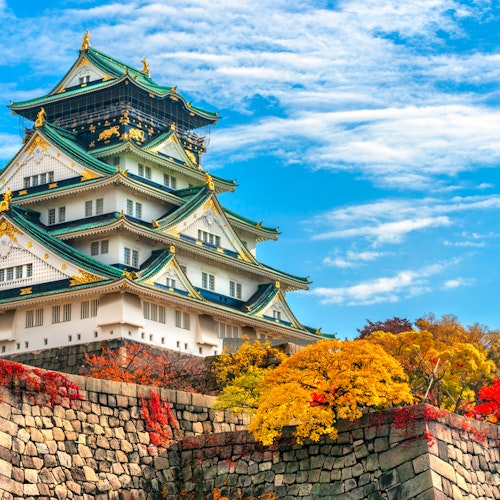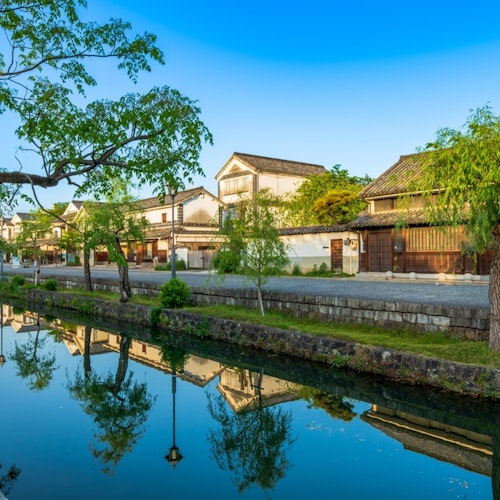
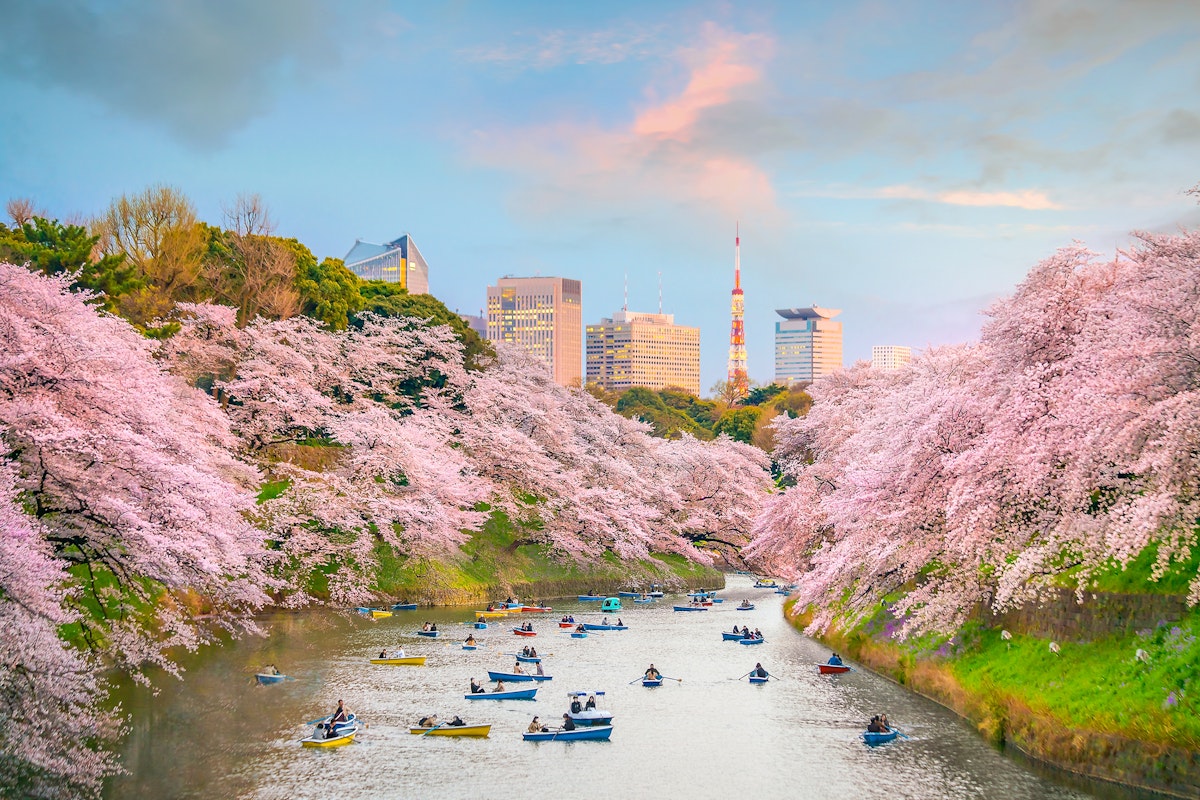
Japan's springtime is a breathtaking spectacle of color, culture, and celebration, immersing travelers in the country's rich traditions. From the iconic cherry blossom season, where delicate sakura petals fill the streets, to the vibrant array of Japanese spring festivals, there is no shortage of reasons to visit Japan during this time of year.
These festivals showcase Japan's cultural heritage, bring good fortune, and symbolize renewal and happiness as winter transitions into warmer weather. Whether you're drawn by the famous Hirosaki Cherry Blossom Festival or eager to witness traditional tea ceremonies and dance performances, something magical awaits you in Japan during the spring.
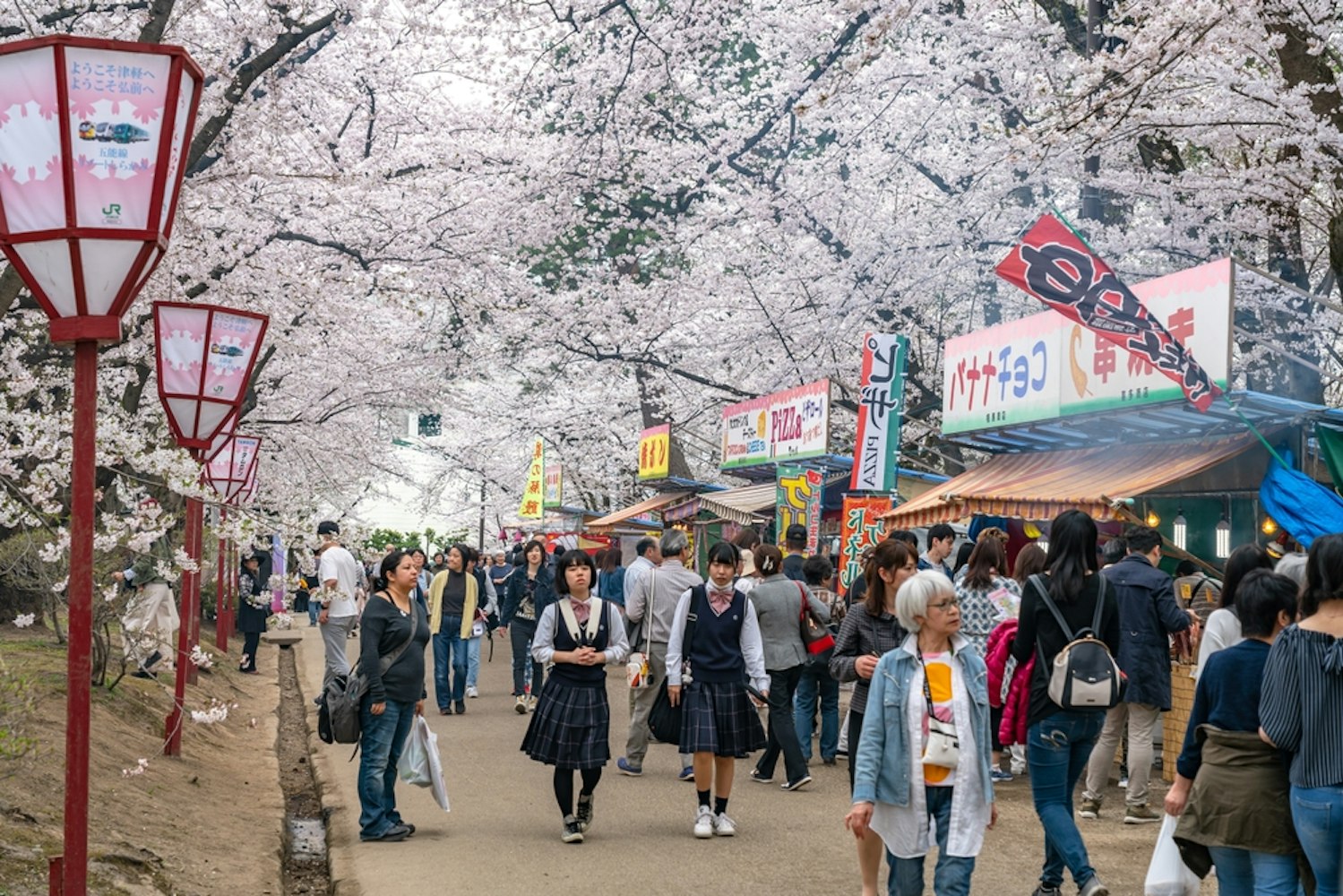
This festival, held in late April at Hirosaki Castle Park, is one of the most celebrated events of the cherry blossom season. Over 2,500 sakura trees fill the park, attracting large crowds who come to admire the cherry blossoms in full bloom.
With its stunning backdrop of Hirosaki Castle and the night-time illuminations, the Hirosaki Cherry Blossom Festival is a must-see for those visiting Japan in spring. Visitors can enjoy food vendors, cultural performances, and tea ceremonies, making it a true celebration of Japanese culture.
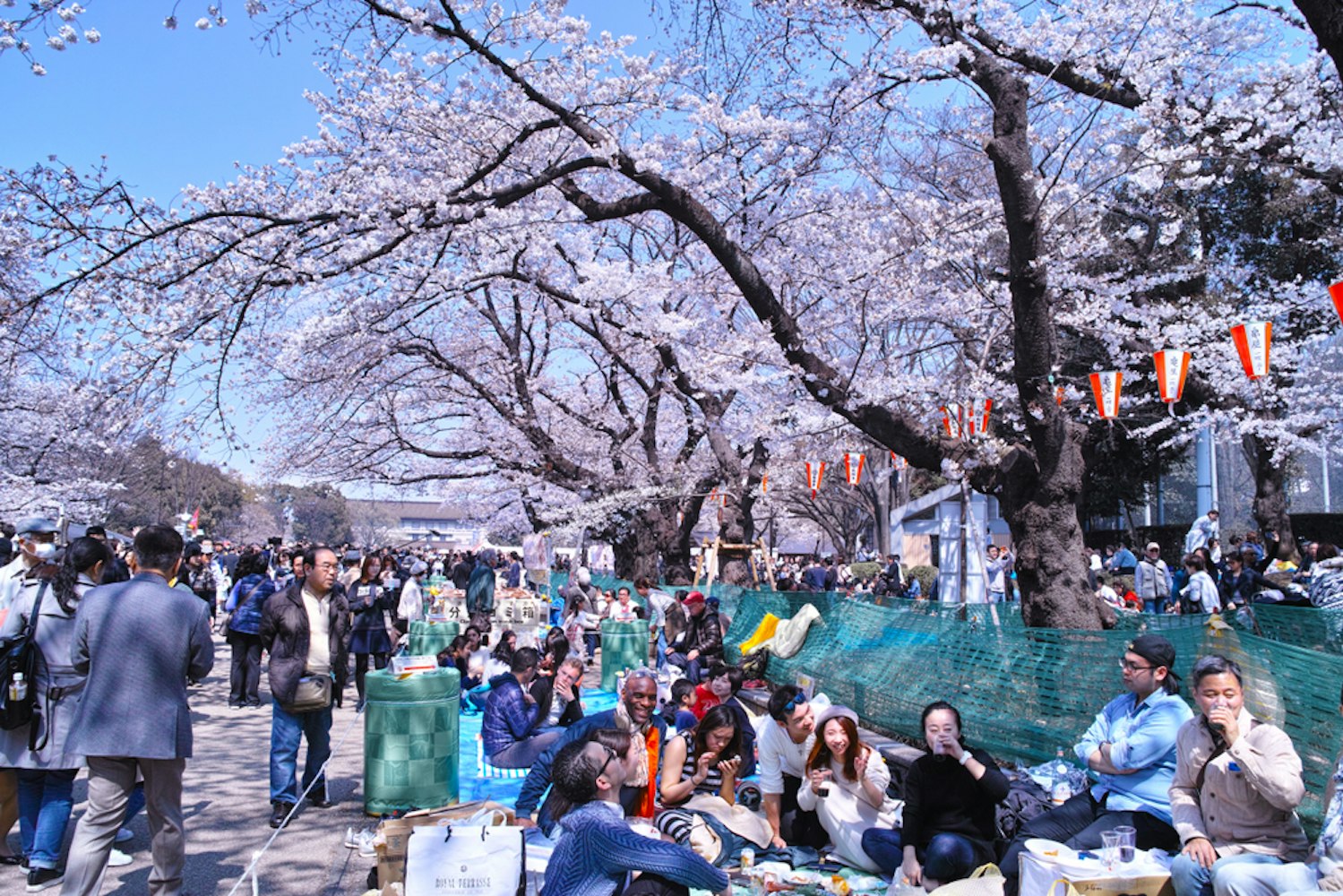
Hanami, or flower viewing, is a centuries-old tradition in Japan. Loved ones come together beneath the cherry blossoms, embracing the fleeting beauty of the season.
Parks across Japan, such as Tokyo's Ueno Park and Kyoto's Maruyama Park, are filled with people enjoying food, drinks, and good company. These gatherings typically occur from late March to early April, when the cherry blossoms are full.
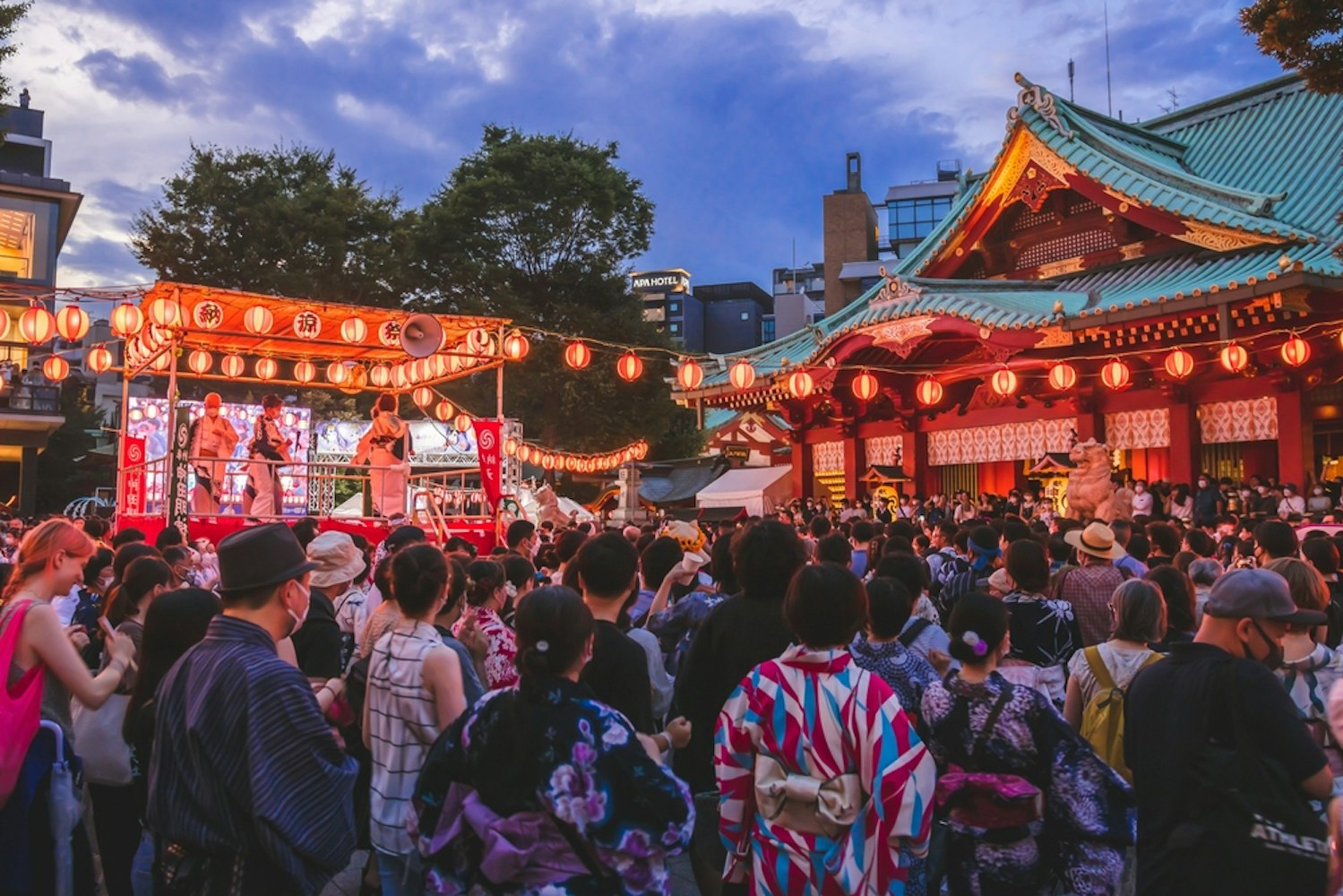
Held every other year in mid-May, the Kanda Matsuri is one of Tokyo's biggest festivals. It celebrates good fortune and the city's prosperity.
This lively event features a grand parade of portable shrines through the streets of Tokyo, attracting both locals and tourists. The Kanda Matsuri is a vibrant display of Japanese culture, with participants dressed in traditional attire and performances that echo Japan's rich history.
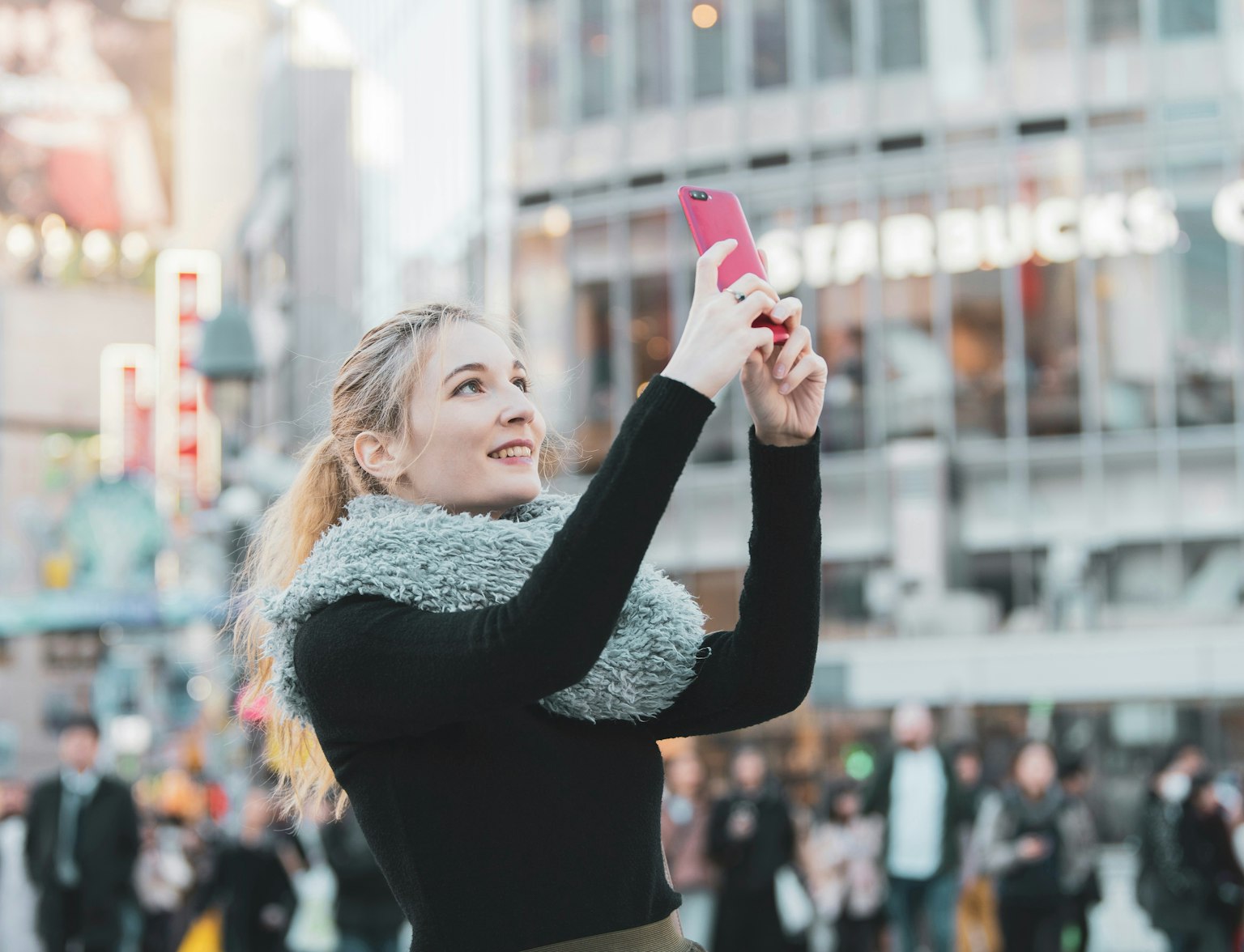
Experience Tokyo's iconic landmarks with a customizable full-day private car tour.
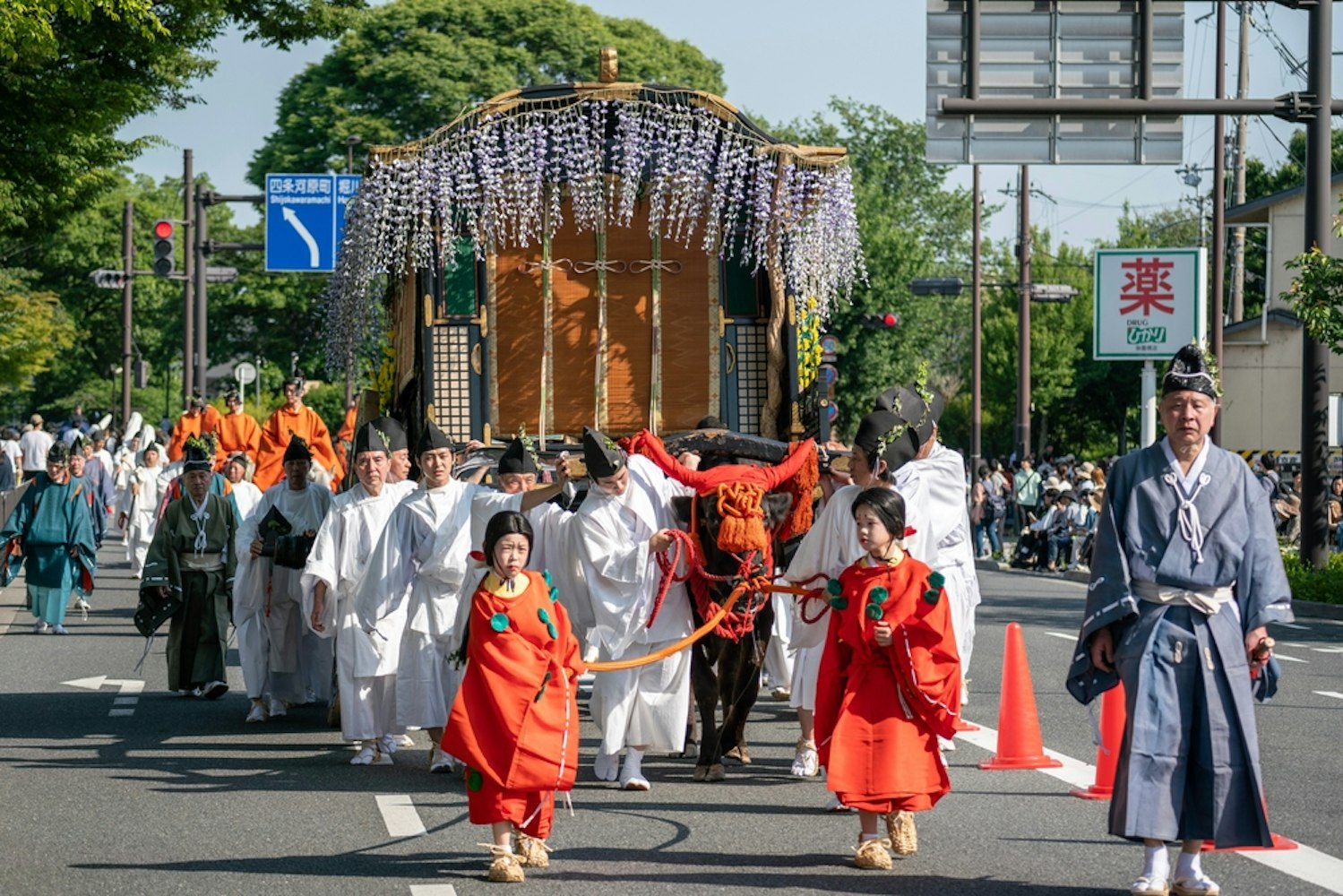
Held annually on May 15, the Aoi Matsuri is one of the oldest Japanese festivals, dating back over a thousand years. It takes place at the famous Shimogamo and Kamigamo Shrines in Kyoto and is a quieter, more elegant celebration compared to the bustling events in Tokyo.
The festival features a procession of people dressed in traditional Heian-period clothing, offering a glimpse into Japan's regal past.
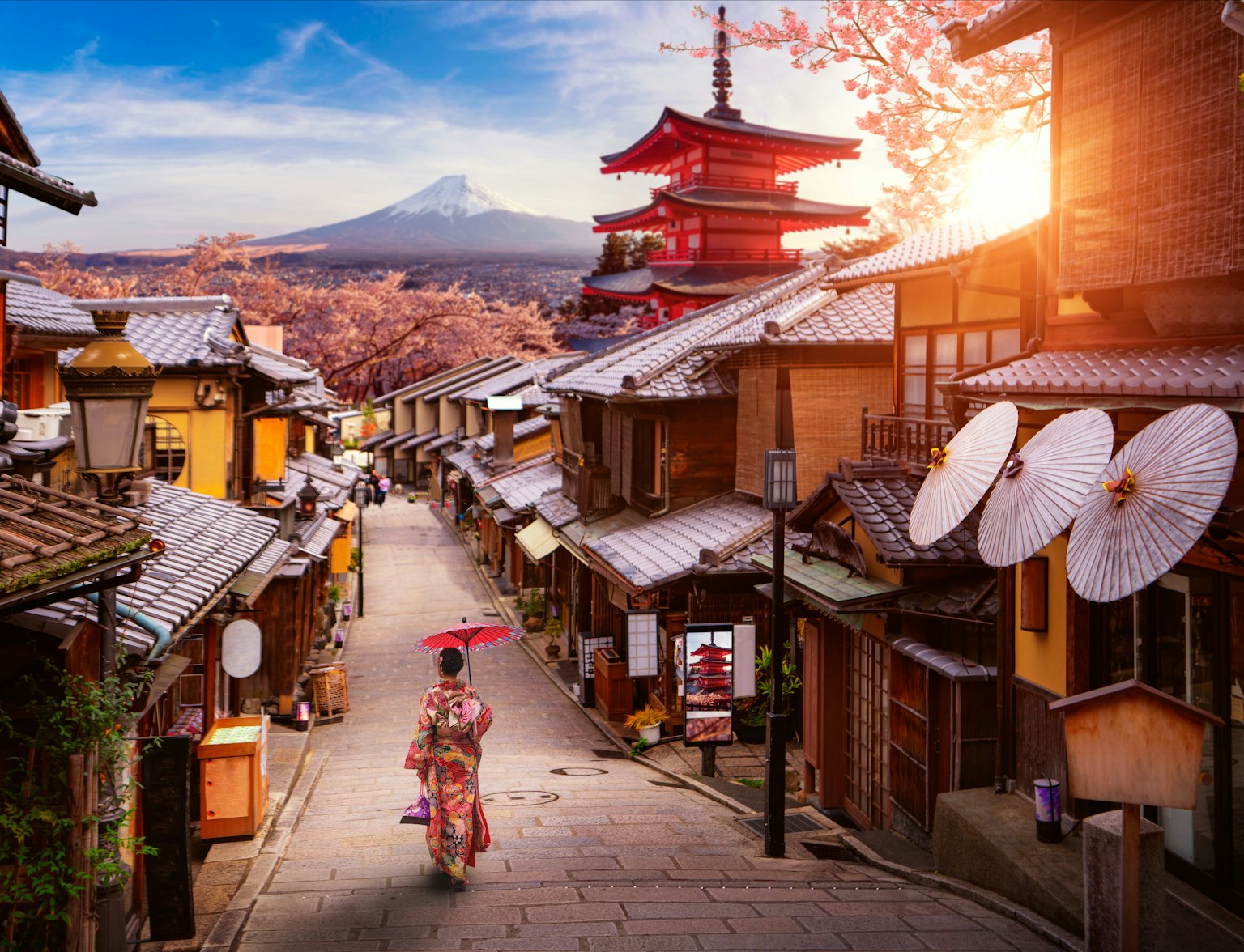
Embark on a full-day adventure in Kyoto with a private guide.
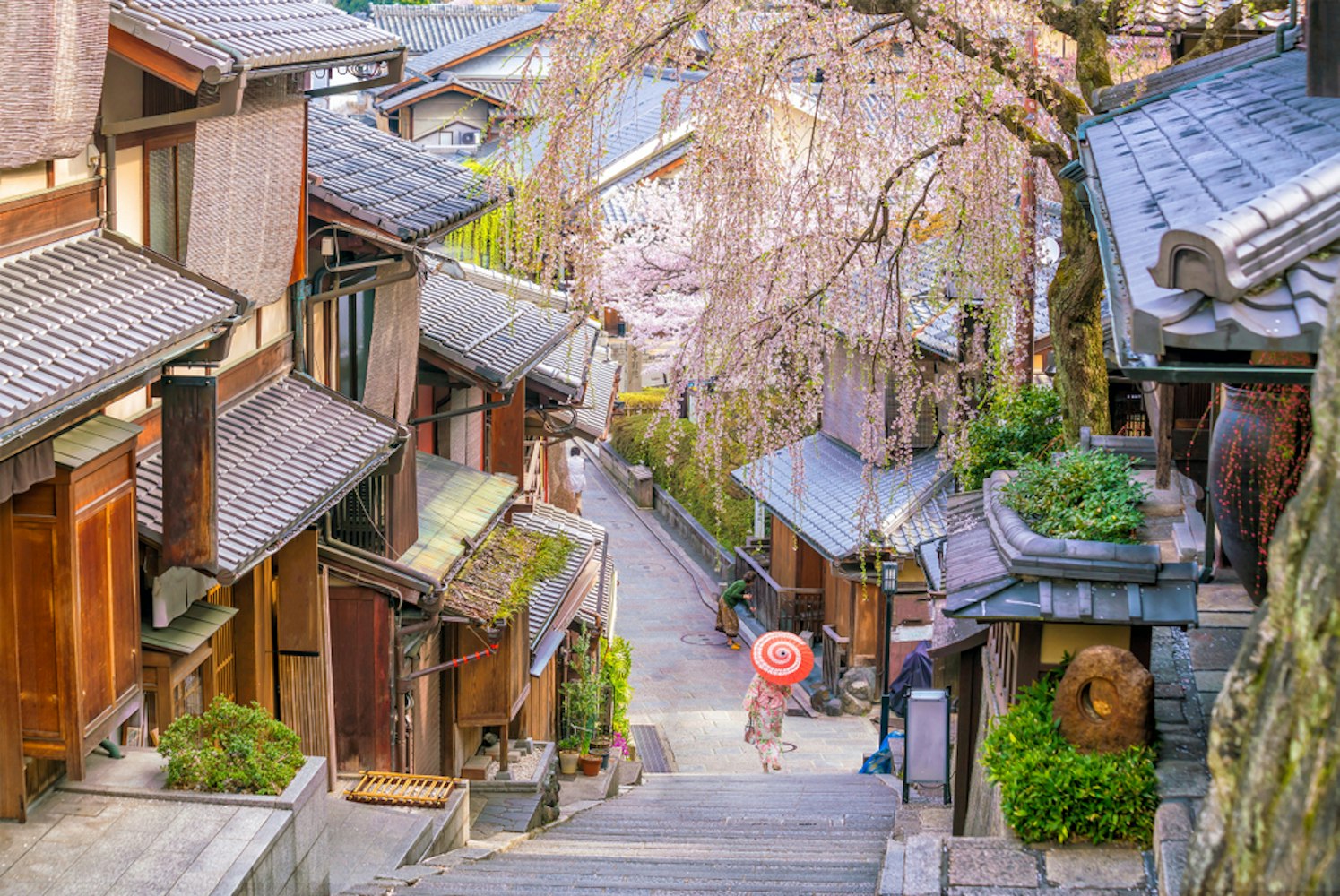
Spring is one of the best seasons to visit Japan. With its warmer weather and cherry blossoms blooming across the country, it's a time when nature comes alive.
The Sakura season typically begins in late March and lasts until early April, with some regions like Hokkaido seeing blossoms as late as May. During this time, the parks, streets, and riversides are adorned with pink petals, and cities like Tokyo, Kyoto, and Osaka see an influx of both local and international visitors hoping to catch the cherry blossoms in full bloom.
Festivals dedicated to nature, such as the Hirosaki Cherry Blossom Festival, remind Japan of its deep connection with the changing seasons. In addition to the sakura trees, Japan's springtime celebrates other blooms, such as the vibrant wisteria and azaleas.
Parks like Ashikaga Flower Park and Shinjuku Gyoen in Tokyo offer stunning flower displays that attract visitors worldwide.
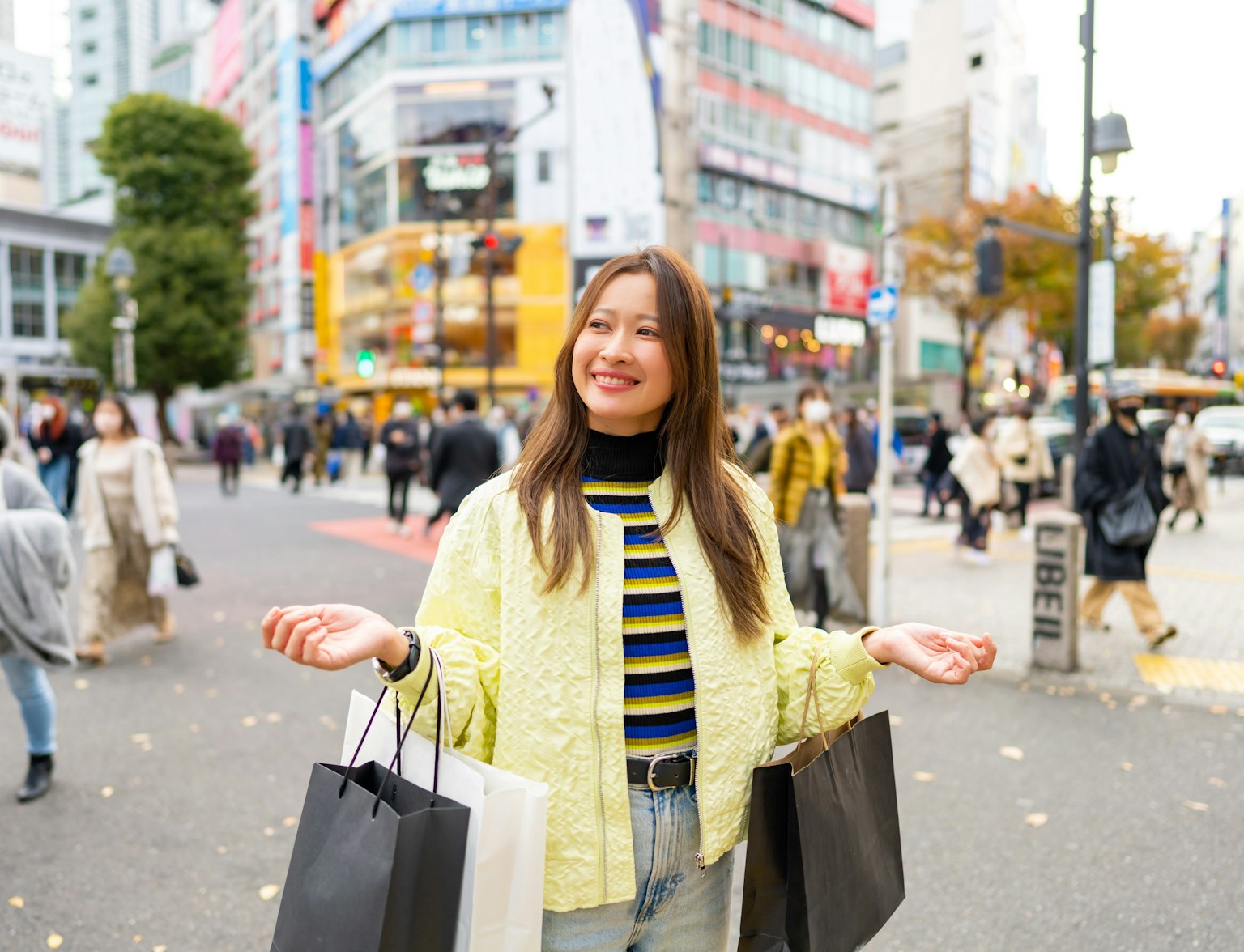
Conclude your tour with a visit to Shinjuku Gyoen.
Plan Your Trip: Spring is one of the busiest seasons in Japan, especially during the cherry blossom season. Hotels and flights can fill up quickly, so book your accommodations and transport well ahead of time. Check the bloom forecasts for the Sakura in the areas you plan to visit, as this can vary depending on the region.
Arrive Early for the Best Spots: Popular parks and festival locations can get crowded, particularly during peak cherry blossom viewing times. Arriving early ensures you get a good spot for hanami or to catch the best views of the festival parades and performances. In Tokyo, Ueno Park and Shinjuku Gyoen are particularly popular during this time, so it's best to secure your spot in the morning.
Prepare for the Weather: While spring in Japan brings warmer weather, it's wise to pack layers, as temperatures can still be chilly in the mornings and evenings. Rain is expected in the early spring months, so having an umbrella or rain jacket handy can save your day from being spoiled.
Bring Cash for Food Vendors: Many spring festivals feature delicious street food, from yakitori to sweet treats like taiyaki. While some vendors accept cards, cash is best, especially in smaller towns. The food is often one of the highlights of these festivals, so take advantage of the chance to indulge in traditional Japanese street fare.
Respect Local Customs: Festivals are a big part of Japanese culture, and participating in them involves certain etiquette. Whether bowing during a tea ceremony or keeping your voice down in quiet areas, being mindful of local customs will ensure a more immersive and respectful experience.
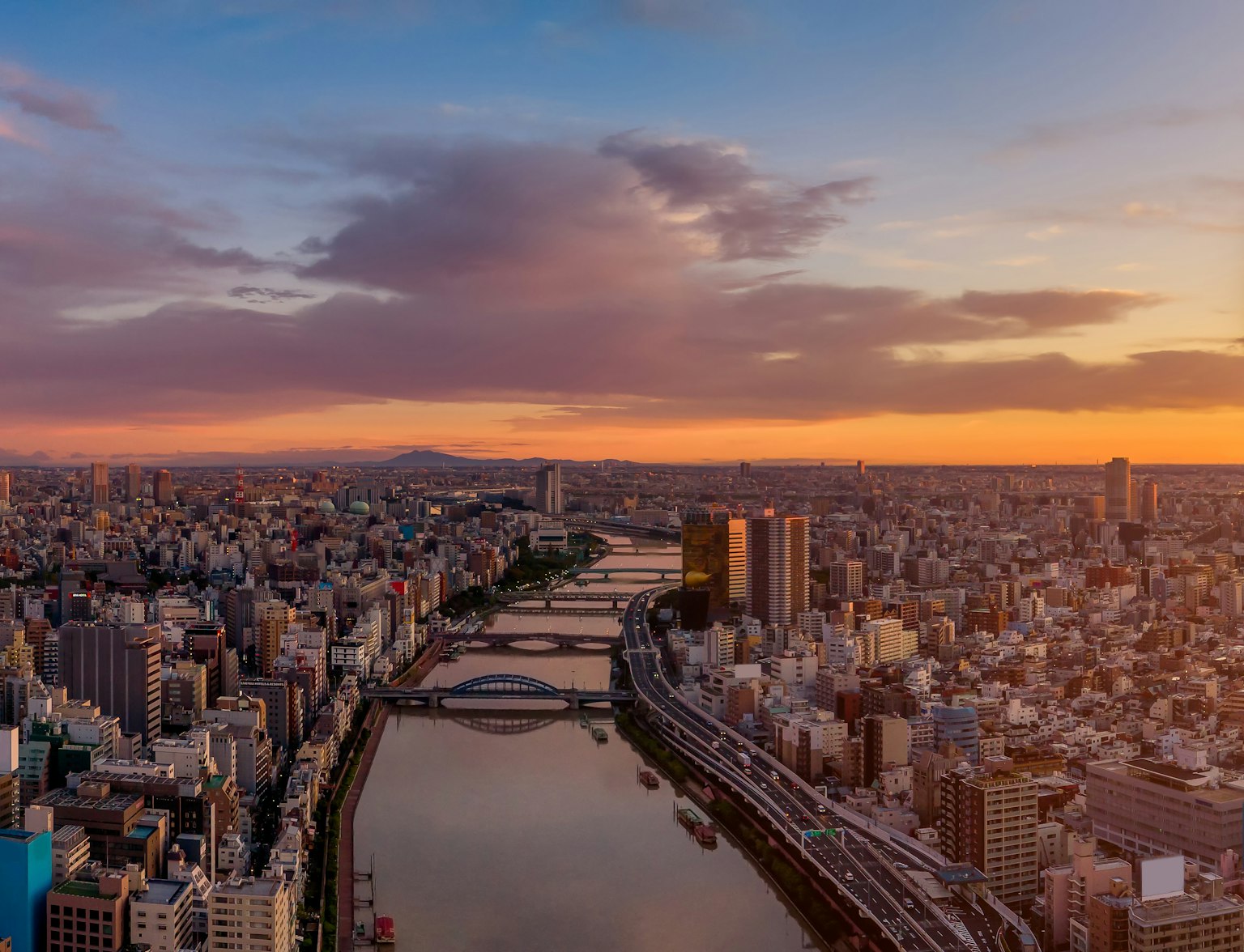
Experience the magic of Tokyo in a single day!
Experiencing a Japanese spring festival offers a unique window into the country's rich cultural traditions, all set against the backdrop of the stunning cherry blossoms in full bloom. Whether you're attending the vibrant Hirosaki Cherry Blossom Festival or enjoying a peaceful hanami under the sakura trees, Japan in springtime is nothing short of magical.
Planning, understanding the cultural significance of these festivals, and embracing the local customs will make your visit to Japan's spring festivals unforgettable. So, pack your bags, grab your camera, and get ready to be captivated by the beauty and traditions of Japan this spring.

